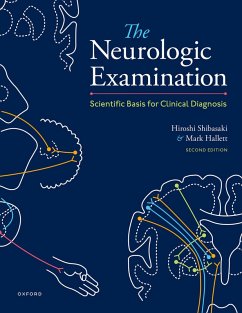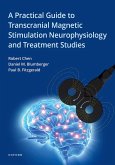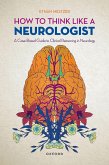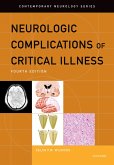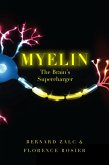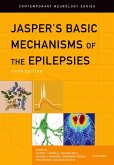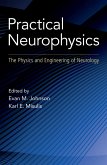The second edition of
The Neurologic Examination looks at how to conduct a clinical neurological examination through a pathophysiological approach to the nervous system. This new edition is brought up to date with new data on genetic and immunological disorders and a significant expansion of illustrations of skin manifestations of neurologic disorders. The book provides in-depth instructions for clinicians with a logical order of history and the different parts of the examination. Organized by the functional anatomy of the nervous system, the book provides a bridge from basic science to symptoms and signs of many common and rare neurologic disorders, which will help in making diagnoses. The authors look at how to carry out an examination in different circumstances, from outpatients to patients in respiratory distress, with stroke and epilepsy, and various states of consciousness including coma. Laboratory testing is recommended when appropriate, but the main emphasis is on history and physical examination. The book contains over a hundred discussion boxes with details about neurologic disorders and history. While mainly directed to students and residents learning how to do a neurologic examination, it will still be useful even for more experienced clinicians.
Dieser Download kann aus rechtlichen Gründen nur mit Rechnungsadresse in A, B, BG, CY, CZ, D, DK, EW, E, FIN, F, GR, HR, H, IRL, I, LT, L, LR, M, NL, PL, P, R, S, SLO, SK ausgeliefert werden.

